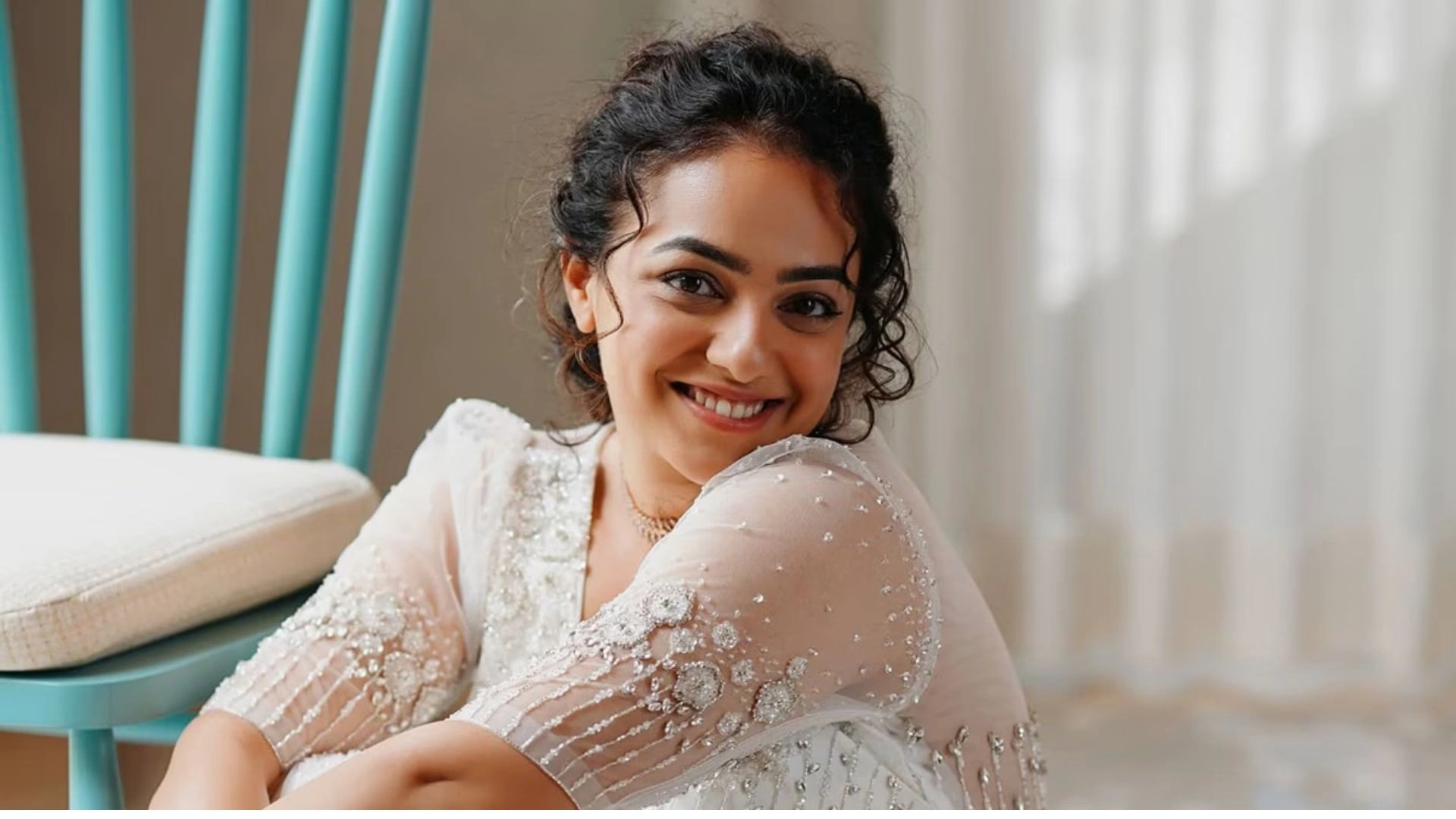NASA astronaut Don Pettit has recorded and posted incredible footage of vivid green auroras from the International Space Station (ISS).
The video, published on January 6, 2025, is a stunning capture of the auroras, lighting up the Earth’s atmosphere with glowing, swirling patterns of light.
Flying over aurora; intensely green. pic.twitter.com/leUufKFnBB
— Don Pettit (@astro_Pettit) January 6, 2025
A Rare View of the Aurora
The auroras, commonly known as the northern lights (aurora borealis) in the northern hemisphere and the southern lights (aurora australis) in the southern hemisphere, are natural light displays caused by the interaction between charged particles from the Sun and Earth’s magnetic field.
Flying over aurora; intensely green. pic.twitter.com/leUufKFnBB
— Don Pettit (@astro_Pettit) January 6, 2025
While typically visible in high-latitude regions near the poles, the ISS provides an uninterrupted, panoramic view of the auroras from approximately 420 kilometers above Earth’s surface.
Pettit, a member of Expedition 72, captured the footage during one of the ISS’s orbits over an intensely green aurora.
The astronaut captioned his post, “Flying over aurora; intensely green,” drawing admiration from viewers worldwide. His video highlights the grandeur of the aurora from above, offering a perspective unlike any ground-based observation.
What is an Aurora?
An aurora is the bright display of lights that occur in Earth’s atmosphere when charged particles from the sun collide with the atoms. In most cases, the vivid green color of auroras is because of oxygen atoms, which, when energized, emit light at the wavelength of green color.
Other colors such as red, purple, or yellow sometimes appear depending upon the types of particles involved and the altitude at which the collisions take place.
This interaction of the particles with Earth’s magnetosphere is not only for creating a dazzling light spectacle but also providing critical data for scientists to study solar activity and its effects on our planet.
The ISS’s orbit would offer astronauts full expanse footage on the auroras, thus giving valuable information on these interactions.
Best Places on Earth to See the Auroras
On Earth, the northern lights are most visible near the Arctic Circle in countries such as Norway, Sweden, Finland, Iceland, and parts of Canada and Alaska. The southern lights, while equally stunning, are less frequently observed due to the sparse population near Antarctica.
Keajaiban Arktik Finlandia: Pesona Cahaya Utara (Aurora Borealis)
Aurora Borealis, atau Cahaya Utara, adalah salah satu fenomena alam paling menakjubkan yang dapat dinikmati di Finlandia. Fenomena ini paling sering terlihat di kawasan Laplandia, terutama pada musim dingin antara… pic.twitter.com/HasSrnL2C6
— Dini Kurnia (@Dinikrnw) January 7, 2025
Under the Aurora Borealis in Finland 🇫🇮 pic.twitter.com/im7gG1nk12
— Nature is Amazing ☘️ (@AMAZlNGNATURE) November 12, 2024
Experts recommend viewing auroras during the darkest, moonless nights between late September and mid-March, particularly during the equinoxes when magnetic storms are more common.
ALSO READ: ISRO’s Cowpea Seeds Successfully Sprout In Space For The First Time

















